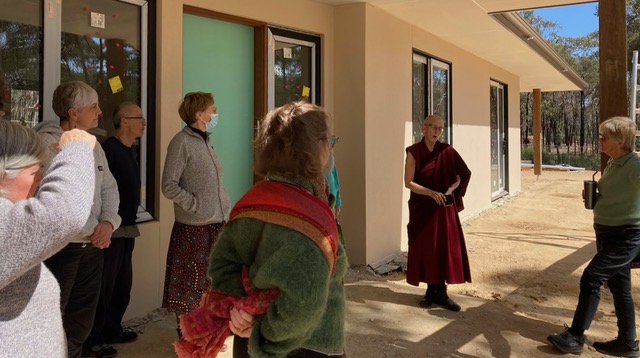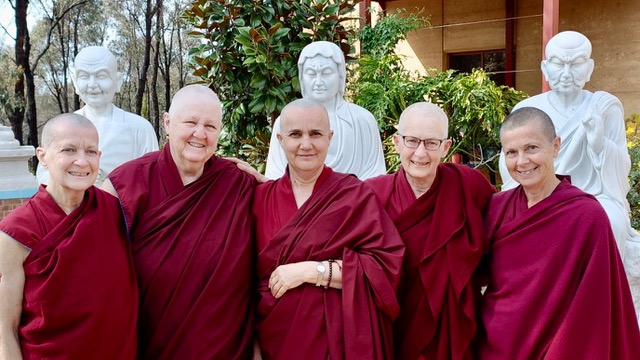Young travellers to India and Nepal in the 60s and 70s, whose good fortune was to quickly ripen, took an interest in Buddhist teachings and way of life. How did that happen? The 50s was a difficult decade for Tibet. It culminated in a tragic change of direction when the invading army of the Chinese Communist Party, finally reached Lhasa. As pressure on the isolated kingdom escalated in 1959, His Holiness the Dalia Lama, and his party, fled to India. They were greeted by Prime Minister Nehru, India’s first PM, since independence twelve years earlier. Hundreds of thousands of Tibetans followed. They arrived with few possessions, fleeing a brutal occupation. Among them were many high lamas whose dignity and warmth belied their dire predicament. With His Holiness’s wise council and India’s hospitality, the Tibetan community was gradually able to re-establish their Buddhist heritage and culture in exile and express their fears for their homeland.
It was this new wave of Buddhist revival in India and Nepal, that inspired many young travellers from distant countries, to investigate Buddhist teachings and even take ordination. Lama Thubten Yeshe and his main disciple Kyabje Zopa Rinpoche were asked to teach. With His Holiness’s blessing and a little English they inspired many. Their knowledge, humour and big hearted compassion helped to convey the liberating power of the Buddha dharma. Word spread.
Those who took ordination, the non-Tibetan sangha or Ingies (English), initially lived together pooling scant resources. Later, at Lama Yeshe’s direction they left India to assist, as needed, in their own or other countries. They hosted teaching tours by the lamas, and the lamas’ own teachers. Interest grew and students sort out places to gather and continue learn in their own countries. Sangha were then, and still are, a key element in the development of Buddhist centers worldwide. Centres that often began in someones home or a rented room. In time they formed an international network that Lama Yeshe named the Foundation for the Preservation of the Mahayana Tradition or FPMT.




